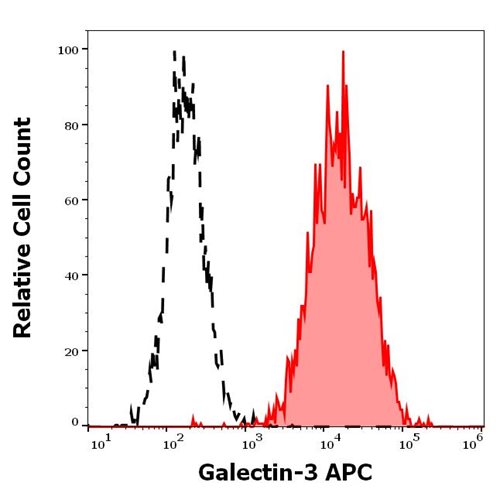Recombinant Human Z-DNA Binding Protein 1/ZBP1 (C-6His)
Shipping Info:
For estimated delivery dates, please contact us at [email protected]
| Amount : | 50 µg |
| Content : | Lyophilized from a 0.2 µm filtered solution of PBS, pH 7.4. |
| Storage condition : | Lyophilized protein should be stored at -20°C, though stable at room temperature for 3 weeks. Reconstituted protein solution can be stored at 4-7°C for 2-7 days. Aliquots of reconstituted samples are stable at -20°C for 3 months. |
| AA sequence : | MAQAPADPGREGHLEQRILQVLTEAGSPVKLAQLVKECQAPKRELNQVLYRMKKELKVSLTSPATWCLGGTDPEGEGPAELALSSPAKRPQQHAATIPETPGPQFSQQREEDIYRFLKDNGPQRALVIAQALGMRTAKDVNRDLYRMKSVDHHHHHH |
Source: E.coli.
MW :17.5kD.
Recombinant Human Z-DNA Binding Protein 1 is produced by our E.coli expression system and the target gene encoding Met1-Ser149 is expressed with a 6His tag at the C-terminus. Z-DNA Binding Protein 1 (ZBP1) is a protein with 2 DRADA repeats. ZBP1 is highly expressed in lymphatic tissues including lymph node, leukocytes, tonsil, bone marrow, and spleen. ZBP1 participates in the detection of viral and bacterial DNA from by the host's innate immune system. It plays a role in host defense against tumors and pathogens. ZBP1 Acts as a cytoplasmic DNA sensor which, when activated, induces the recruitment of TBK1 and IRF3 to its C-terminal region and activates the downstream interferon regulatory factor (IRF) and NF-kappa B transcription factors, leading to type-I interferon production. ZBP1-induced NF-kappaB activation probably involves the recruitment of the RHIM containing kinases RIPK1 and RIPK3.
MW :17.5kD.
Recombinant Human Z-DNA Binding Protein 1 is produced by our E.coli expression system and the target gene encoding Met1-Ser149 is expressed with a 6His tag at the C-terminus. Z-DNA Binding Protein 1 (ZBP1) is a protein with 2 DRADA repeats. ZBP1 is highly expressed in lymphatic tissues including lymph node, leukocytes, tonsil, bone marrow, and spleen. ZBP1 participates in the detection of viral and bacterial DNA from by the host's innate immune system. It plays a role in host defense against tumors and pathogens. ZBP1 Acts as a cytoplasmic DNA sensor which, when activated, induces the recruitment of TBK1 and IRF3 to its C-terminal region and activates the downstream interferon regulatory factor (IRF) and NF-kappa B transcription factors, leading to type-I interferon production. ZBP1-induced NF-kappaB activation probably involves the recruitment of the RHIM containing kinases RIPK1 and RIPK3.
Always centrifuge tubes before opening. Do not mix by vortex or pipetting. It is not recommended to reconstitute to a concentration less than 100 µg/ml. Dissolve the lyophilized protein in ddH2O. Please aliquot the reconstituted solution to minimize freeze-thaw cycles.
Endotoxin : Less than 0.1 ng/µg (1 IEU/µg) as determined by LAL test.
For Research Use Only. Not for use in diagnostic/therapeutics procedures.
| Tissue Specificity: | Highly expressed in lymphatic tissues including lymph node, leukocytes, tonsil, bone marrow and spleen. Expressed to a lesser extent in thymus, lung and liver. |
| BioGrid: | 123349. 13 interactions. |
|
There are currently no product reviews
|

















.png)








